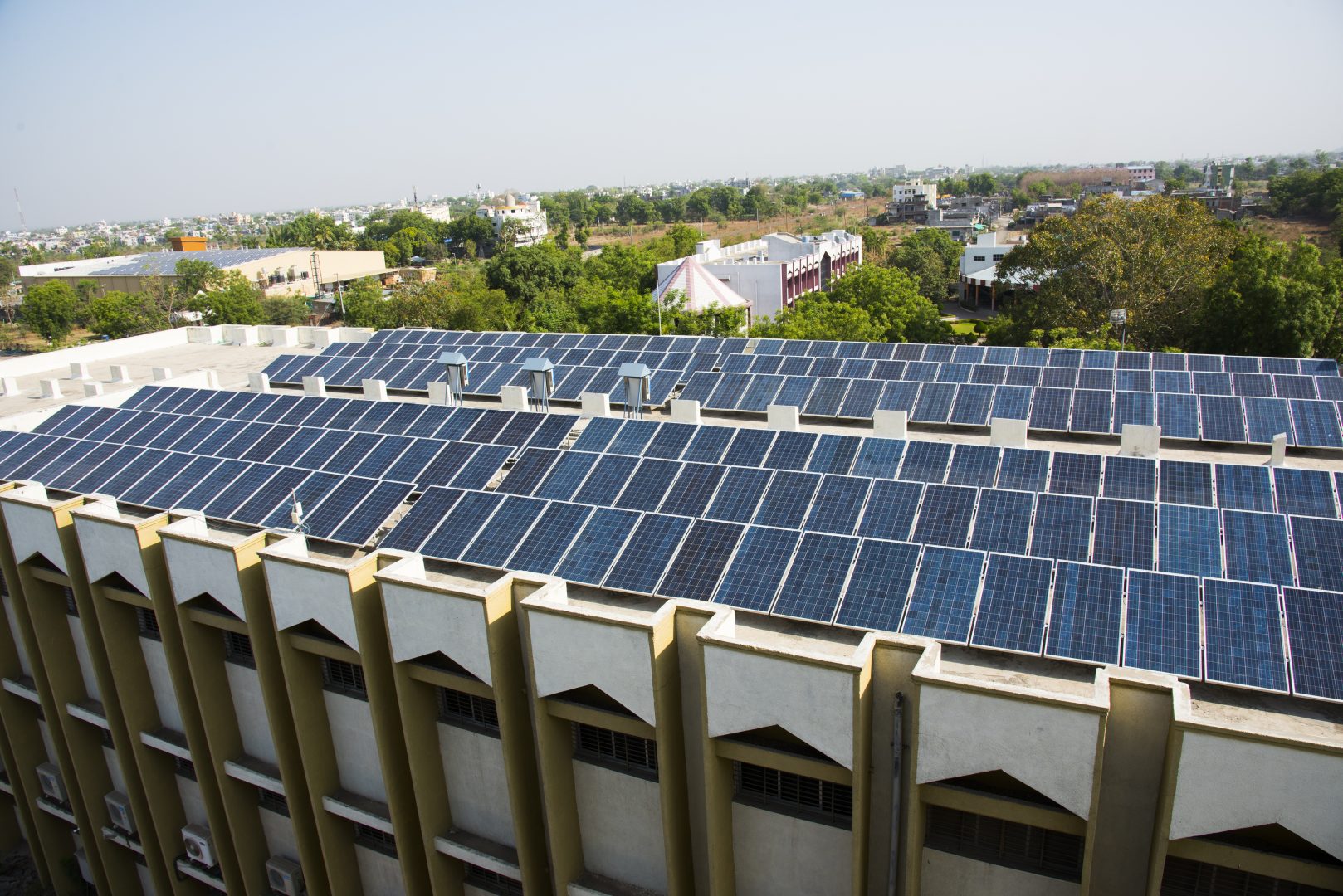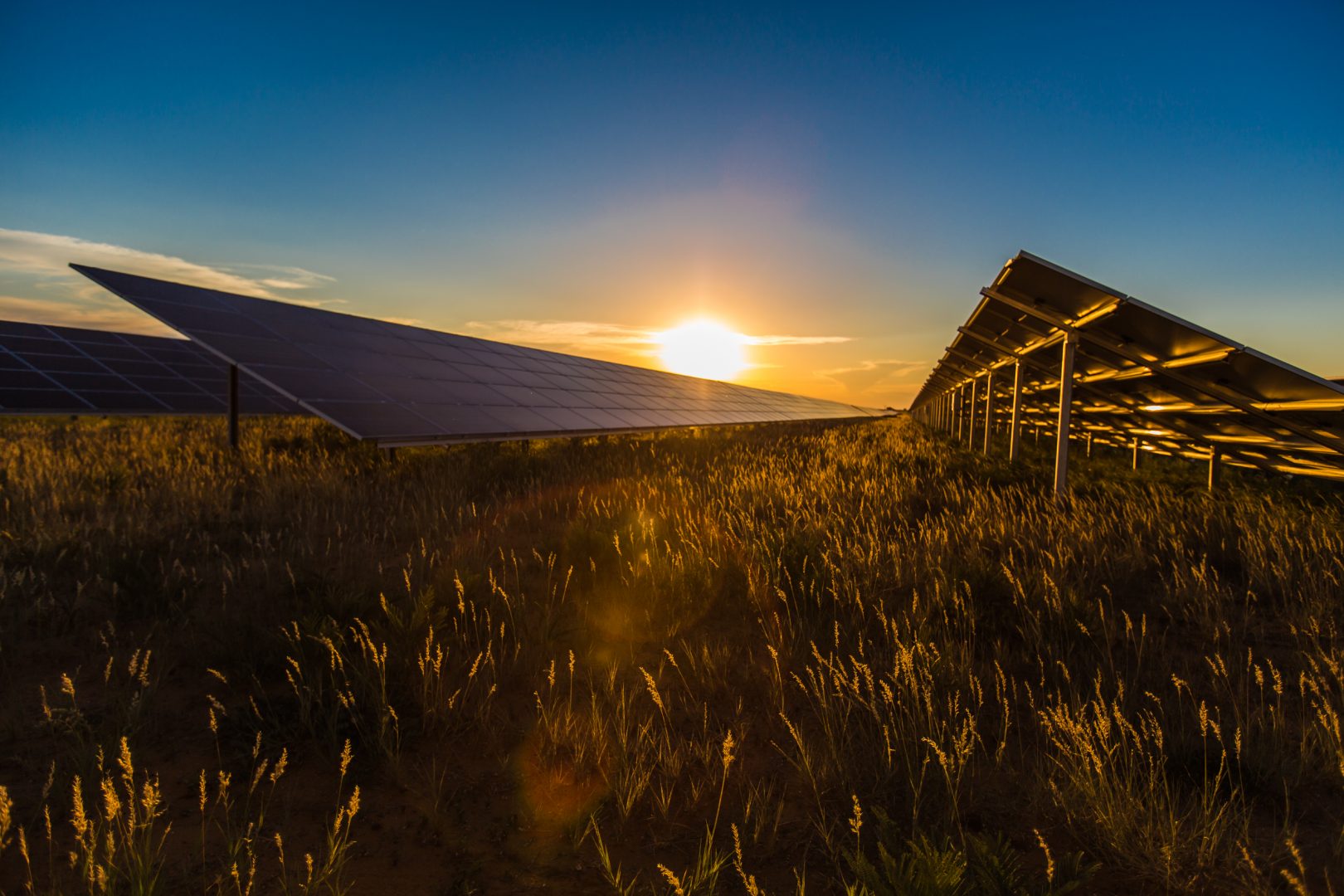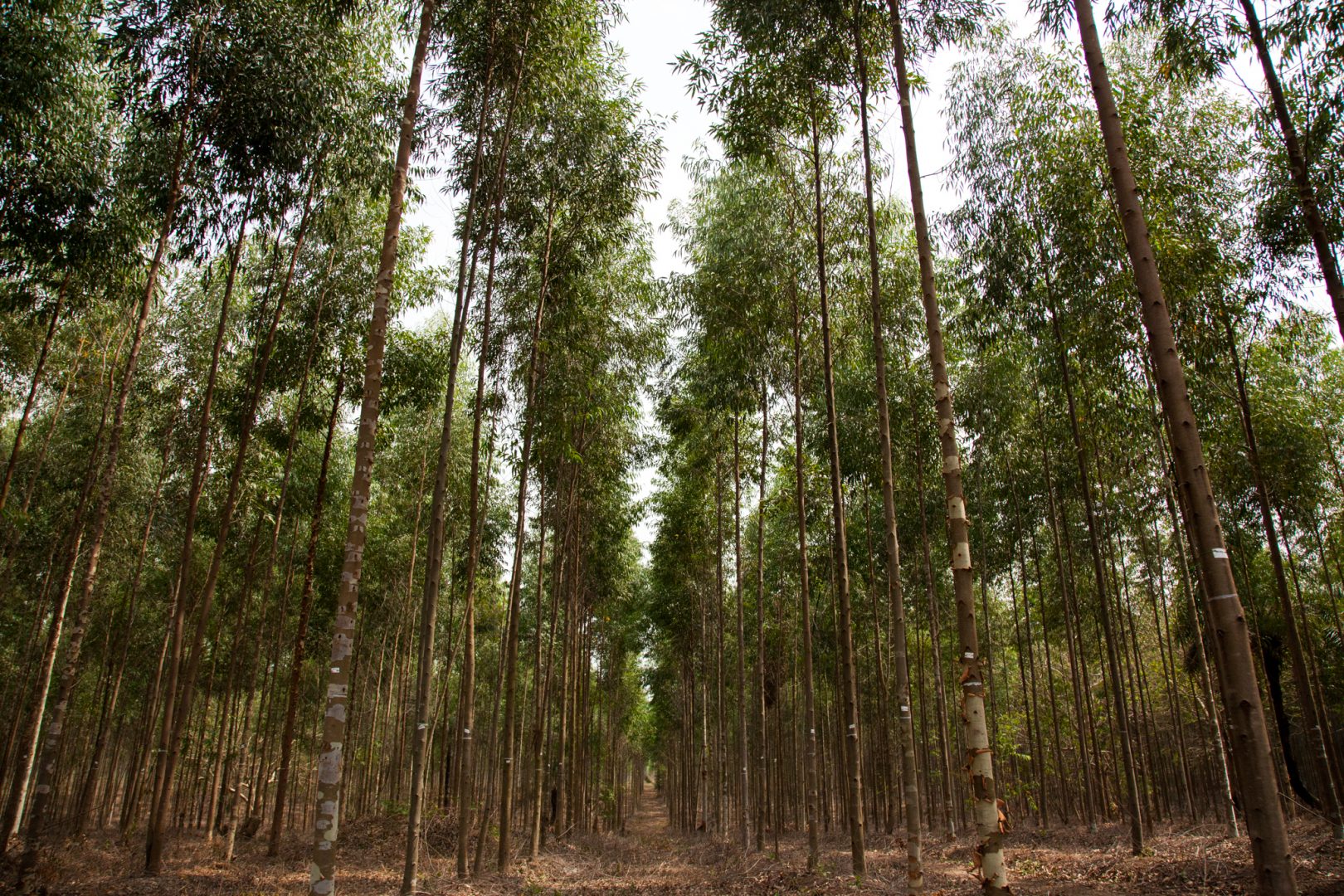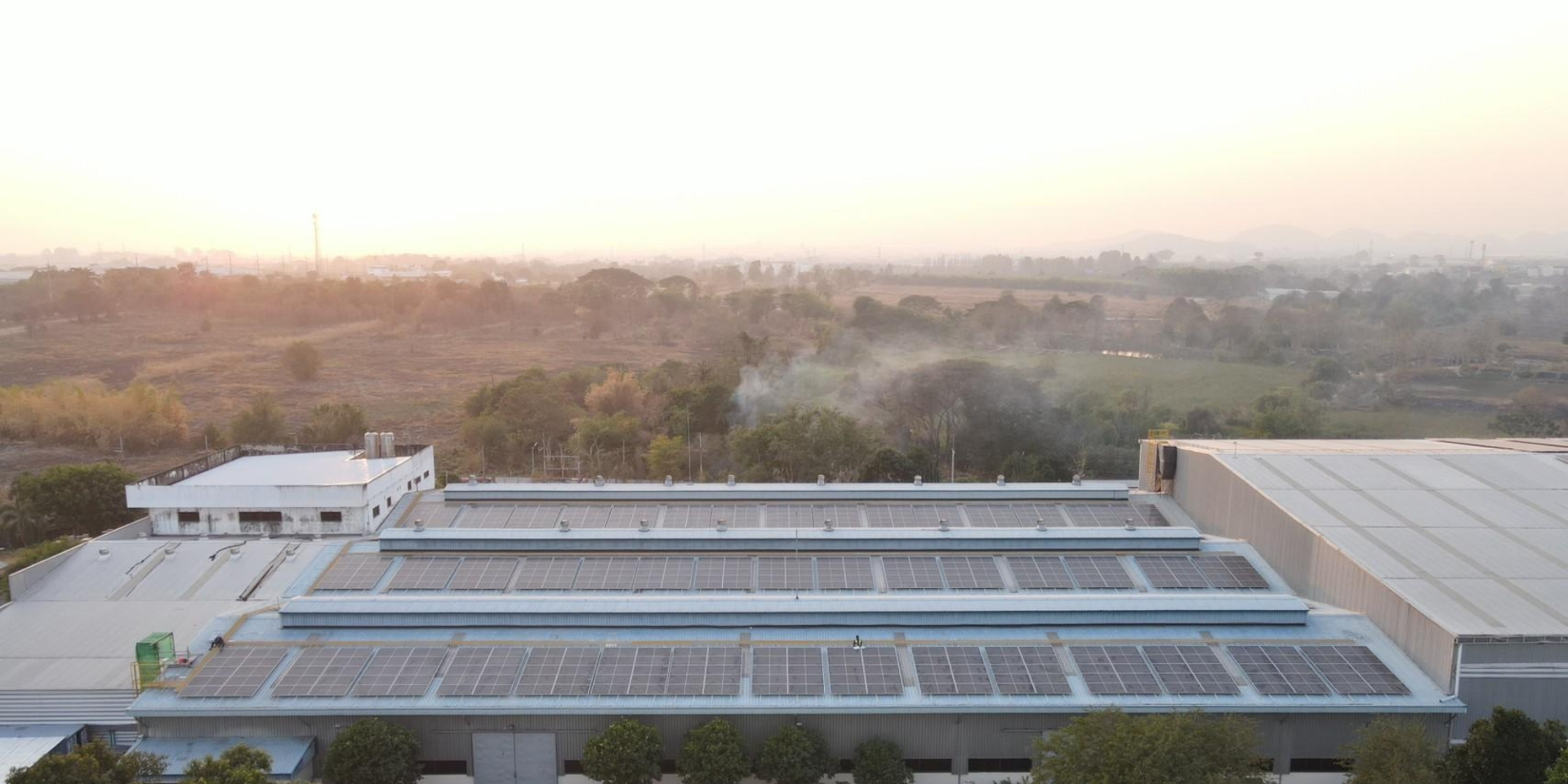When I landed in Delhi on a hazy evening towards the end of last year, I received a security alert text indicating a severe travel risk due to air quality. Delhi and the surrounding areas were experiencing unhealthy air quality levels for the sixth day. The level was at ‘PM 2.5 concentration’ (indicating the level of particles in the air, some of which can be toxic), which is a massive 80 times more than the World Health Organization’s recommended limit.
I quickly forgot about the text until I raced through the airport doors, and the effect hit me like a wall. My eyes, nose, and entire face immediately had an allergic reaction to the smog.
There couldn’t be a more tangible example of why British International Investment is focused on finding investments that support India’s energy transition plans and ambitious sustainability targets.
I started the week participating in the India Green Investment Forum. The forum focused on extending the green finance conversation beyond renewable energy, to emerging climate sub-sectors such as battery energy storage, circular economy and waste management, climate-smart agriculture and green hydrogen.

While private finance is more available to large utility-scale renewables facilities and companies addressing climate change with proven technologies, there is less appetite to take risk on innovation in the fight against climate change. There are fewer examples of investors providing capital at scale to companies developing battery storage or biofuels or electric vehicle infrastructure. These are areas where development finance can play a role.
With over 500 attendees from 18 countries attending the forum, it was clear that this is a priority for all stakeholders in the sector including GPs, LPs and foundations, corporates and government organisations. It was great to see a gathering of such key players, coming together to discuss how we can collectively help address the $10 trillion in investment that is needed to meet net zero by 2070 in India.
Against the backdrop of Delhi’s air quality, the importance of coming together to discuss pressing issues to unlock climate finance couldn’t be clearer.
After the forum, I spent a few days visiting businesses in our portfolio and in our investment pipeline focused on innovative technologies that help practically tackle some of these climate issues. It was particularly interesting to see how BII is supporting business models across the climate ecosystem, many of which are interconnected.
It was an honour to be with Euler, an electric vehicle (EV) business in India, on the day that we announced our investment in the business. I visited the manufacturing plant to see how our investment will help accelerate the development of electric vehicles in India, particularly in the three-wheeler commercial cargo segment.

Not only is this an exciting story about climate and job creation, I was also incredibly pleased to see their focus on health and safety at the site and to witness how many women were working on the assembly line.
I was particularly struck by the passion and excitement that flowed through Euler’s team, particularly the plant head, Anil ji, who joined Euler in 2022 after working for TATA Motors for over 30 years.

Increasing the production of EVs will only be impactful if the infrastructure is there to support them. That’s why we recently invested in Battery Smart, which is building India’s largest network of battery swapping stations for commercial two and three-wheeler electric vehicles, to make electric mobility accessible and affordable for the mass market.

On my visit, I also met other companies pioneering the e-mobility revolution by building high-speed public charging infrastructure for electric vehicles.
At one company, I got to see an entire fleet of electric buses charge during a shift change. I hadn’t appreciated the added social benefit to bus drivers of having an electric bus – EVs equate to far less noise, heat and vibration for the drivers, given most buses in India have a front engine.
I went on to visit businesses in other pioneering sectors tackling climate challenges. This included a company that was recycling lithium-ion batteries to produce battery metals sustainably, reducing dependence on mining of rare earth metals. Another company I visited had successfully created an integrated waste management facility which converts organic waste into biogas.
Overall, the climate mitigation impact generated across all the companies I visited felt particularly urgent when I observed the lingering effects of toxic pollution in a visit to the government hospital in Delhi to see the operations of a healthcare company. The company uses artificial intelligence and machine learning in radiology to ensure seamless and accurate reading of chest x-rays, to detect healthcare issues arising from toxic pollution.
Despite the obvious challenges, my experiences culminated in me feeling excited about the innovation that is taking place, the synergies within and across sectors, and the role that BII is playing in India’s energy transition plans.










